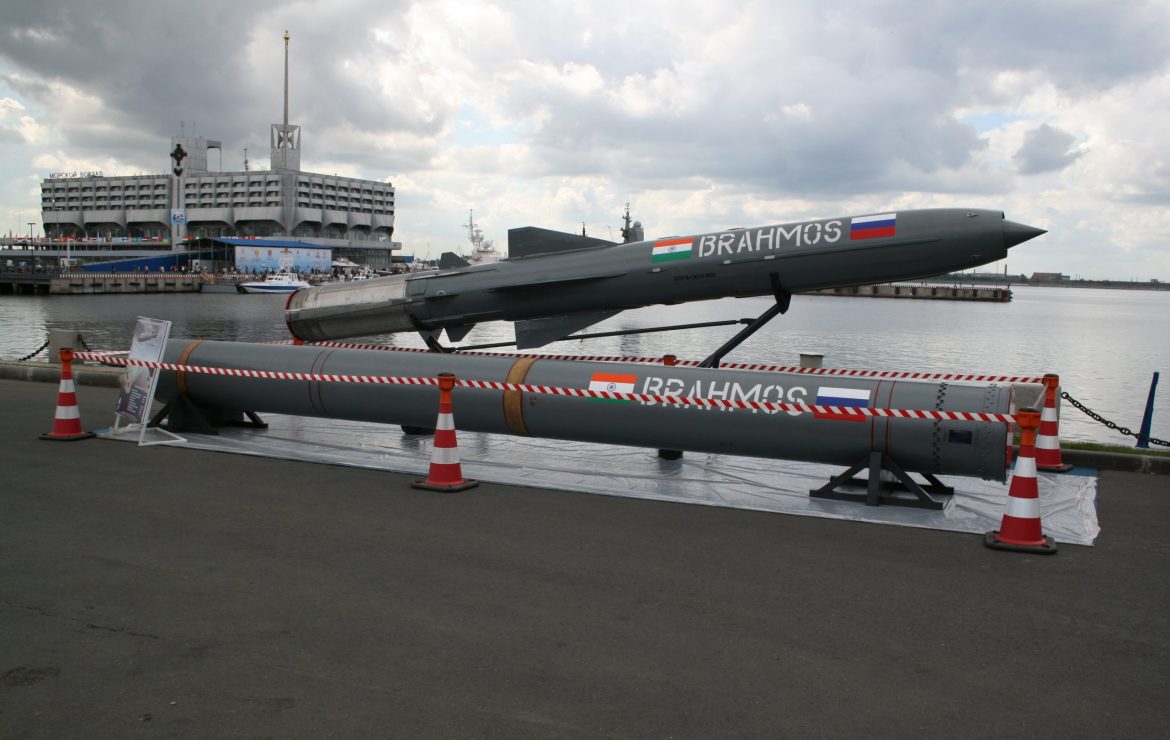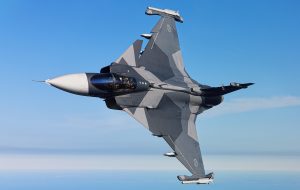India attaches great importance to its armed forces, and considers the process of supporting and developing these forces a strategic issue for which billions of dollars are annually pumped in the light of an unparalleled global arms race, where the battlefields witness successive developments that push countries of the world to keep pace with them, so we find that India reveals from time to time highly sophisticated tactical and strategic weapons, the thing which made it classified as the fourth army in the world according to the latest surveys.
India has successfully carried out a test launch of a supersonic marine missile “Brahmos” according to the Indian Military Research and Development Activities Authority.
The authority announced in a statement on October 18, 2020 that the launch was carried out from the ship of the “Chennai” stealth destroyer of the Indian Navy, indicating that the missile hit the target in the Arabian Sea with high accuracy.
Successful tests
The “Brahmos” missiles are considered one of the fastest cruise missiles in the world, and New Delhi has successfully carried out a series of tests on the “Brahmos” winged missile that can hit targets located hundreds of kilometers from the launch point. The first test of the missile was conducted on a marine target in November 2017 from a (Sukhoi 30MKI) fighter plane, and India said at the time that it was the first country “to successfully launch an attack missile of this type from the air at a speed of Mach 2.8 (3430 km / h) against a sea target.
The Indian Ministry of Defense says, “The Brahmos missile provides the Indian Air Force with the much sought-after ability to direct strikes from long-range confrontation ranges on any target at sea or on land with pinpoint accuracy, day or night and in all weather conditions.”
The missile also has the ability to engage targets with very low altitudes.
The “Brahmos” missile was named after the Indian “Brahmaputra” and “Russian” Moskva”rivers, and it was manufactured in joint cooperation between Russia and India through a company called” BrahMos Aerospace “based on the Russian” Yakhont “anti-ship cruise missile, also known as (P-800 Oniks).
The “Brahmos” missile entered service in the Indian armed forces in November 2006, to support the army on land, sea and air. India has plans to export it abroad.
Multiple versions and capabilities
Although the missile was developed primarily as an anti-naval weapon, it now includes multiple versions for ground and air attack.
The “Brahmos” missile family includes 6 different versions that can be increased according to requirements, two of which are designated to be launched from surface ships to attack land targets and for to engage naval vessels, and two other missiles are launched from mobile land launchers against land or sea targets. As for the last two versions, they can be airborne. One of them acts in the attack against enemy surface ships, while the other is designated for striking land targets.
BRAHMOS-A
The Indian Air Force uses the BRAHMOS-A missile for launch by fixed-wing aircraft, such as the Indian Su-30MKI fighter, but with the need to adjust its structure.
This version has a length of 9 meters and a launch weight of 2.5 tons (2,500 kg).
BRAHMOS-M
Indian Air Force uses the 6-meter BRAHMOS-M for launching from various fighters, but without requiring any modifications to their hulls, such as the MiG-29K, Mirage 2000 and Su-30MKI.
BrahMos Block III
For ground operations, India has allocated a version of the supersonic missile under the name BrahMos Block III, used in ground attacks and equipped with a guidance system that enables it to destroy fortified targets and bunkers with high accuracy. It is characterized by a deep penetration capability, and it was tested for the first time on November 18, 2013 when it was launched from a mobile launcher by Indian Army.
BRAHMOS II
It is reported that India and Russia are manufacturing a version called Brahmos II which is described as the fastest cruise missile in the world with a speed of Mach 7 (approximately 8,350 km per hour).
Brahmos-NG
There is also a miniature version of the Indo-Russian missile called “Brahmos-NG” which has a speed of Mach 3.5, a range of about 300 km, a length of about 5 meters, a diameter of 50 cm and a weight of 1.5 tons. There will be multiple versions for launch from fighters, ships, submarines and ground bombers.
This version provides an important advantage for the Indian Air Force, as the Su-30MKI multi-role fighters can carry 3 missiles of this kind, and the aircraft will be able to land with more than one missile of this version installed on its wings.
Exceptional specifications and capabilities
The “Brahmos” missile can fly to its target at speeds starting from 2.8 and up to Mach 3 (that is, three times the speed of sound) at an altitude between 10 meters and 15000 meters, and it has the ability to direct and maneuver itself at supersonic speed before hitting the target.
Reports indicate that nearby weapon systems may not be effective against “Brahmos” missiles due to their high speed.
The Indo-Russian missile weighs about 3 tons, and the version designed to work with aircraft weighs no more than 2.5 tons.
Although the weight of the “Brahmos” missile is almost twice the weight of the American “Tomahawk” missile, it is 4 times faster than that missile, and its initial kinetic energy is 32 times higher than the “Tomahawk” missile.
The high-precision “Brahmos” missile is characterized by its ability to be launched vertically or from an inclined position, and due to its great ability to maneuver, it can attack its target from any angle while in flight, as it works through multiple and sophisticated guidance systems via satellite, as well as American, Russian and Indian navigation systems.
The missile has a length of 8.4 meters and a diameter of about 60 centimeters, while its warhead weighs 200 kilograms in the two versions launched from naval vessels or from mobile ground launchers. The warhead of the air-launched version weighs about 300 kilograms.
Mechanism of action and armament
The missile works through two missile propulsion stages, the first is the launch stage, which is a solid-fuel rocket engine, and the second is the flying stage at hypersonic speeds, through a liquid-fuel jet engine.
As for armament, reports indicate that the missile can carry a nuclear warhead or a conventional warhead and explosives weighing between 200 and 450 kilograms, with a range of about 300 kilometers.
Ikram Ben dalla (Researcher in Military Affairs)













